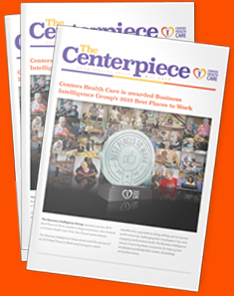Around one out of every three people reported that their eating habits became unhealthier during the COVID-19 pandemic, including mindless eating and snacking, an increase in overall food consumption, eating as a coping mechanism, and some had an overall decrease in appetite.
Causes were listed as general stress over the pandemic (along with the political and social climate that existed for much of 2020), poor stress management, an increase in depressive symptoms, and financial difficulties due to job loss.
If you’re concerned about your eating habits but can’t quite get a grasp on it, it’s sometimes best to see everything in black and white. Washington Center for Rehabilitation and Nursing has a look at how you can perform a food audit to help get you back on track.
Step 1: Log Your Food
For one week, write down everything you eat, and it’s even more effective if you can list ingredients. After seven days, you should have a good indication of what you’re eating during a routine week to see if you’re overeating and whether you’re getting enough protein, fiber, and other key nutrients.
Step 2: Count Fruits and Vegetables
You should be eating around 30 different plants over the course of the week, which includes fruits, vegetables, grains, and nuts. While that sounds daunting, if you had a slide of 12-grain bread, that counts as 12 plants. If you have soup that contains potatoes, carrots, and celery, that’s three plants.
Step 3: Protein Watch
See if you had a good source of protein at each meal, taking a special look at breakfast because that’s where many people fall short, and starting the day with protein is key to good health.
Step 4: Calories to Cut
If you’re eating too much, use your log to identify empty calories that you’re eating in order to help cut them out of your future diet. Another important thing to look at is when you’re filling up on these empty calories. Many snack in the midafternoon and others do so right before bed.
To learn more about Washington Center for Rehabilitation and Nursing and all of the services they offer, visit http://washington-center.facilities.centershealthcare.org/.






